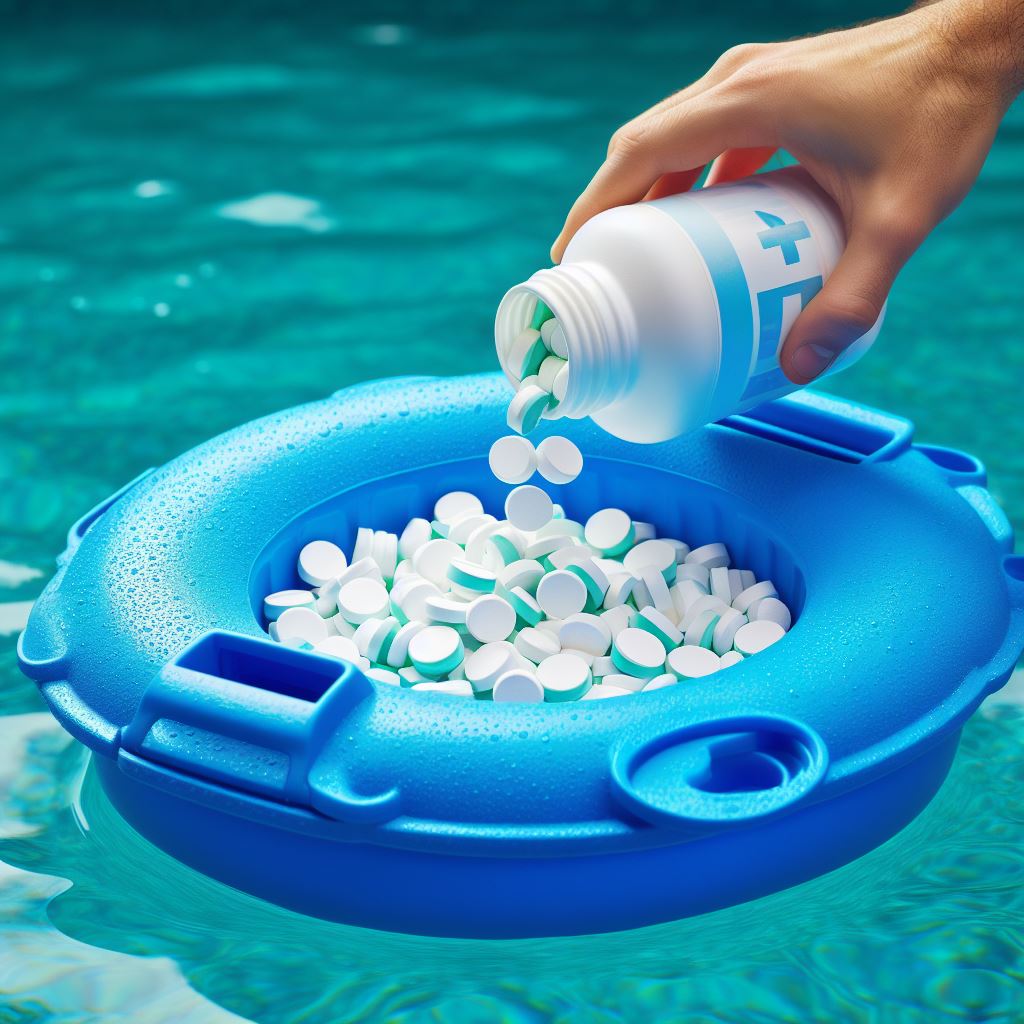Maintaining water quality in pools is crucial for safety and enjoyment. Chlorine for pools plays a significant role in ensuring clean and safe water. Using chlorine tablets effectively can enhance water quality while minimizing risks. Here’s how to optimize their application.

I. Understanding Chlorine’s Role
Chlorine is a powerful disinfectant. It eliminates harmful bacteria, viruses, and algae. Proper use of chlorine tablets ensures that pool water remains safe for swimmers. Regular monitoring of chlorine levels is essential for maintaining water quality. Ideal chlorine levels typically range from 1 to 3 parts per million (ppm).
II. Choosing the Right Chlorine Tablets
Different types of chlorine tablets exist on the market. Most common are trichlor and dichlor tablets. Trichlor tablets dissolve slowly and are ideal for continuous use. Dichlor tablets dissolve quickly, making them suitable for shock treatments. Choose the right type based on your pool’s specific needs.
III. Proper Storage and Handling
Store chlorine tablets in a cool, dry place. Keep them away from direct sunlight and moisture. Proper storage prevents degradation and ensures maximum effectiveness. Additionally, always handle these tablets with care. Use gloves and avoid direct skin contact to prevent irritation.
IV. Optimizing Water Circulation
A well-functioning circulation system is vital for pool maintenance. Ensure that your pool pump runs at least eight hours daily. This helps distribute chlorine for pools evenly throughout the water. Regularly check and clean the filter. A clean filter improves water flow and enhances chlorine distribution.
V. Maintaining pH Levels
The effectiveness of chlorine tablets is influenced by pH levels. Ideally, pH should be between 7.2 and 7.6. High pH levels reduce chlorine’s disinfecting power. Test the water regularly and adjust pH levels as needed. Use pH increasers or decreasers to maintain balance.
VI. Regular Testing
Regular water testing is crucial. Use test strips or liquid kits to measure chlorine and pH levels. Test at least once a week during peak swimming season. Adjust chlorine levels accordingly to ensure safety. Consistent testing helps identify problems before they escalate.
VII. Shock Treatments
Occasionally, shock treatments are necessary. Shocking the pool helps eliminate organic contaminants. Use dichlor tablets for shock treatments, as they dissolve quickly. This ensures immediate disinfection. Perform shock treatments in the evening to maximize effectiveness. Avoid swimming for at least 24 hours after shocking.
VIII. Adjusting Chlorine Levels
Regularly adjust chlorine for pools based on usage. Heavy pool use increases chlorine demand. After hosting events, check and adjust chlorine levels. If you notice a chlorine odor, it may indicate the presence of chloramines. These compounds form when chlorine reacts with organic matter.
IX. Preventing Algae Growth
Algae can quickly ruin pool water quality. Prevent algae growth by maintaining proper chlorine levels. Additionally, use algaecides as a preventive measure. Regularly brush the pool walls and floor to disrupt algae growth. This makes it easier for chlorine tablets to do their job.
X. Using Stabilizers
Stabilizers help protect chlorine from degradation by sunlight. Cyanuric acid is a common stabilizer used in pools. It slows down the loss of chlorine due to UV exposure. Maintain stabilizer levels between 30 and 50 ppm for optimal protection. This enhances the longevity of chlorine tablets.
XI. Educating Pool Users
Educate pool users about proper hygiene. Encourage swimmers to shower before entering the pool. This reduces contaminants and minimizes chlorine demand. Inform them about the importance of keeping the pool clean. Simple measures can significantly enhance water quality and safety.

XII. Addressing Common Issues
Addressing common pool problems promptly is crucial for maintaining water quality. If the water appears cloudy, check the filtration system and ensure chlorine levels are adequate. Cloudiness often indicates inadequate sanitation or filtration issues. Additionally, inspect the pool’s circulation system for any blockages or malfunctions. If you experience persistent cloudiness despite adjustments, consult a pool professional for expert advice. Regular maintenance, including cleaning the filter and monitoring chemical levels, helps prevent major problems and ensures a safe swimming environment.
XIII. Conclusion
Optimizing the use of chlorine tablets in your pool water circulation system is essential. Regular monitoring, proper handling, and maintenance practices enhance water quality and safety. By understanding chlorine’s role and following these strategies, you can enjoy a clean and safe swimming environment. Investing time in these practices pays off with clearer water and healthier swimming experiences. Always prioritize safety and cleanliness for an enjoyable pool season.

 Instant
Quote
Instant
Quote Email
Us
Email
Us